![]() 18 Dec 2023
18 Dec 2023
Body parts which we can bend or rotate and where two parts meet, like the elbow, shoulder, or neck, are called joints. Joint brings our body parts together, forming the foundation for various movements and functionalities. Understanding the diversity of types of joints, such as ball and socket joints, pivotal joints, hinge joint, and fixed joint, illuminates the intricate mechanics that enable our bodies to bend, rotate, and perform essential activities.
This diversity in types of joints showcases the intricate mechanics that contribute to the range of movements in our bodies.
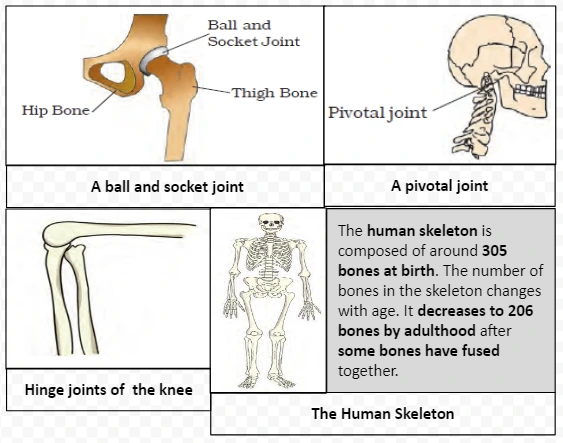
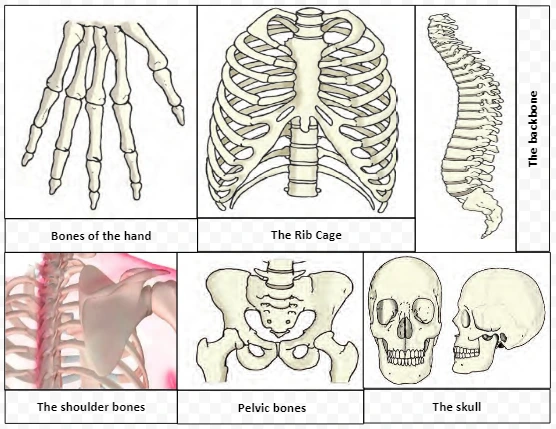
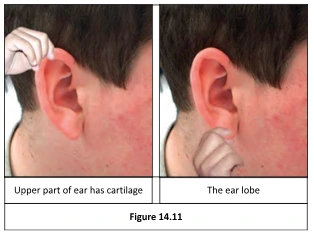
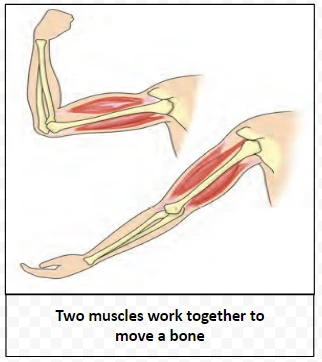
Yoga — For Better Health
Yoga is an invaluable gift of the ancient Indian tradition. The United Nations declared 21 June as International Day of Yoga. Yoga keeps a person healthy. It helps in keeping the backbone erect, enabling you to sit straight and not slouch. Many postures in yoga require you to lift your own weight, which help in making the bones strong and help ward off osteoporosis. It also helps in relieving joint pain, which is mostly observed in elderly people. It tunes all muscles in the body and keeps them active.
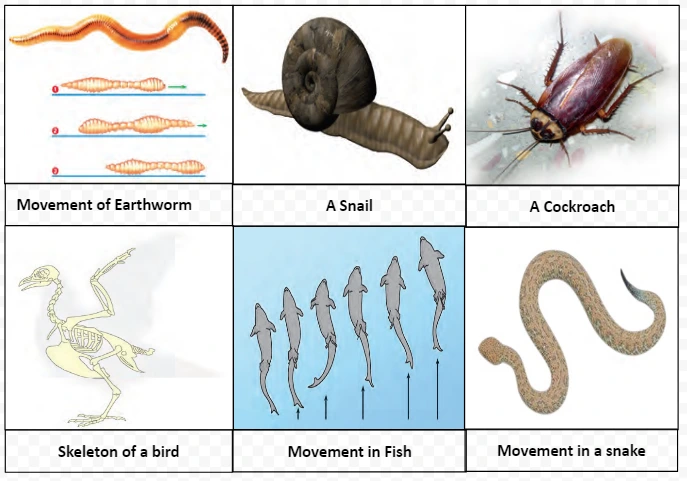
<div class="new-fform">
</div>
